Your browser's Javascript functionality is turned off. Please turn it on so that you can experience the full capabilities of this site.
One of the most asked questions at Les Schwab is about the price of new tires. People want to know what a set of four tires will cost them. The price of a new set of tires depends on the type of vehicle you drive, how much comfort you want, ride quality, noise level, tread durability, and traction features, which can include seasonal tires and tires for specific terrain. Here’s how to understand the cost of your next set of new tires and why the Les Schwab Best Tire Value Promise saves you money with free peace of mind tire protection and a warranty that won’t cost you extra.
Price is a big factor for any purchase. While some online retailers might have the tires you want at a price you like, you run the risk of getting the wrong type of tires for your vehicle and driving needs. Plus, you'll need to find someone to mount them to your wheels, balance them, install them on your vehicle, and dispose of your old tires. This takes more of your time and adds to the overall cost of getting new tires. Then there are tire manufacturer warranties or other premium services to consider.
When you purchase passenger or light truck tires at Les Schwab, we mount them for free, rotate those tires for free, re-balance them for free, offer free flat repair and air-pressure checks, as well as give you a free best-in-the-industry warranty that even includes road hazard protection at no extra charge. More on that warranty in a bit.
On new tires, the price can range greatly. Tire size, which is directly tied to the vehicle you drive, affects the price. You’ll typically need a larger tire for a pickup than you would for a car. Tires are also priced based on the amount of rubber used to manufacture them as well as the manufacturing technology and features. For example, an electric vehicle (EV) will require performance tires with a higher speed rating and load capacity, which can cost more than a set of standard all-season tires.
For example, an electric vehicle (EV) will require performance tires with a higher speed rating and load capacity, which can cost more than a set of standard all-season tires.
As with any purchase with varying levels of price and performance, there are trade-offs to consider. These can include comfort, control and traction, tire life, durability, fuel economy and the cost of a set of tires. You might even consider replacing just two instead of all four tires to save money. However, doing so can impact vehicle safety, performance, and longevity. See our article on replacing all four tires on an AWD vehicle.
If you’re looking for maximum fuel efficiency, we can help with our article on how to choose car tires.
Looking for snow tires? Depending on what you drive, maneuverability in the snow can add to the price of tires. That’s because today’s snow tires are highly engineered and packed with technological breakthroughs designed to keep you and your family safe on the road, whether that’s bare pavement on a well-maintained interstate or a snow-covered, winding motorway through the mountains.
Check out our guide to buying tires for help pinpointing the type and size of tire you need. These can include all-season tires, all-weather tires, winter/snow tires, mud terrain, as well as all-terrain tires, performance tires, highway tires, traction tires, and specialty tires.
Another factor to consider when evaluating the price of a new set of tires is the warranty and other after-purchase services. The tread life on a set of tires can range up to 80,000 miles and beyond. Some places might charge extra for the warranty, but at Les Schwab, that’s part of our Best Tire Value Promise.
Our freebies include a world-class warranty, free lifetime tire and mileage care, and free peace of mind tire protection, including flat repair, rotations, rebalancing, replacement, safety checks, brake inspections, and visual alignment checks at any Les Schwab location. From Colorado and Wyoming to the West Coast, you’re never far from one of our stores – or the road services we deliver. We even offer free tire disposal when you replace your old tires at Les Schwab.
We even offer free tire disposal when you replace your old tires at Les Schwab.
Many of today’s new vehicles come with run-flat tires. Most of the time, these cars don’t have a spare, making run-flat tires the important difference between being stranded on the side of the road or being able to get to a repair shop. However, they can be more expensive than standard tires.
When you’re ready to shop new tires, our pros are here to help. Stop by your local Les Schwab and we’ll take a look at your current tires, make recommendations for your next set, and show you all the options that best fit your driving needs.
Learn More About Tires
At some point, every car requires new tires. Since you want to budget accordingly, it’s important to know how much does it cost to replace your tires?
In this guide, we cover the varying factors that influence the new tire price. We also give you a few tips that may help you save some money.
We also give you a few tips that may help you save some money.
A new set of four tires will usually cost you between $400 and $1500, depending on the type of tire, vehicle, quality and where you get them installed. If you choose cheap tires, you may be able to spend $50 each, but on some vehicle types, you can easily spend $1500 or more on a new set of tires.
Now that we have the quick answer to the general cost of new tires, let’s take a closer look at the factors that affect the cost.
Factors Affecting Cost to Replace Your Tires1. Tire SizeThe biggest factor affecting your expense will be the size of the tire you need. You can find tires in all sizes, meant for a multitude of purposes. If you have a compact car, you will have the cheapest tires available, maybe even $50 each.
Of course, high-performance cars, large pickup trucks, specialty off-road vehicles, and SUVs will naturally cost more.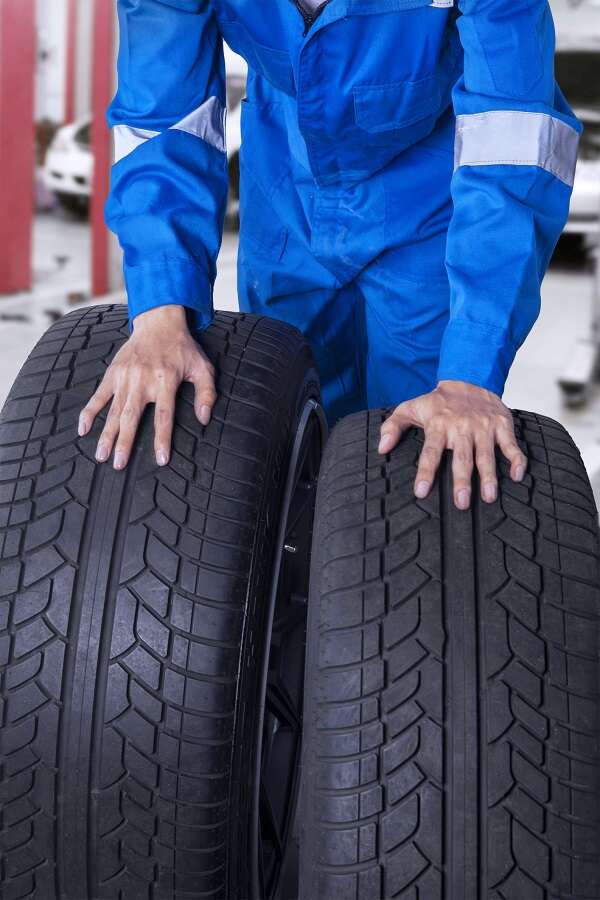 A good rule of thumb is that the larger the tire is, the more you can expect to pay for it.
A good rule of thumb is that the larger the tire is, the more you can expect to pay for it.
There are just as many tire brands as there are sizes. Many tire shops specialize in one budget brand and carry a multitude of name brands.
You will spend far less to go with the no-name brand, but you need to think about the quality. After all, if you save money today by choosing this brand, does it really pay off if you have to replace the tires again prematurely? You may also get a much longer mileage warranty with quality tires, than with inexpensive tires.
If you choose a premium tire brand such as Michelin, Continental, Goodyear, Bridgestone, you will of course pay much more, but you know that you will get quality tires that last a long time and keep your vehicle on the road.
RELATED: 6 Worst Tire Brands to Avoid Buying
3. Installation CostMost tire shops do not make a lot of money on the tire installation.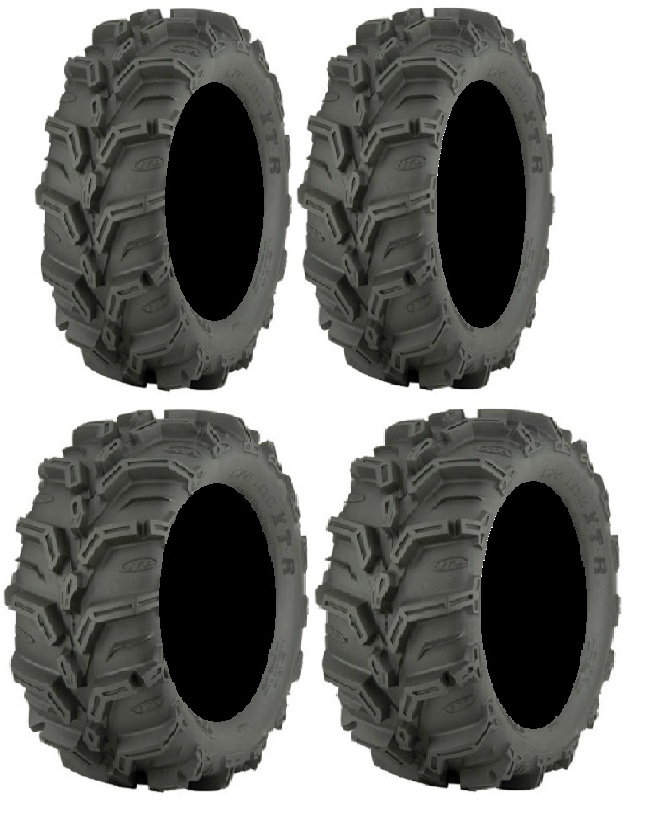 The job itself doesn’t take long and the price can often be included with the cost of the tires.
The job itself doesn’t take long and the price can often be included with the cost of the tires.
On average, you can expect most shops to tack on about $20-$40 per tire for the installation. However, if you visit a warehouse club, that expense could be even less.
4. Tire DisposalYou don’t get to leave your old tires with the shop without paying a price. These shops must pay to have them recycled, so that cost gets passed down to you.
On average, the tire disposal fees will be between $2 and $10 per tire to dispose of them. If you would rather save this money, you can get rid of them yourself.
5. Road Hazard/Warranty ProtectionOn top of the regular price paid for your tires, you may choose to add some extra warranty protection. With road hazard protection, you are covered if your tires get a hole or blow out.
However, you must be careful who you choose to get road hazard through. Not all companies are going to follow through on the agreement, leaving you paying for protection that doesn’t matter when something actually goes wrong.
When your new tires are installed, you will need to get a wheel alignment. Having properly aligned tires ensures that they last as long as possible.
You might pay between $75 and $200 to have the wheels aligned, depending on how many need to be done. However, this money can be seen as an investment, ensuring that your tires continue to provide reliable transportation.
How to Save Money on Tires1. Shop AroundThe most important factor is shopping around. You can call one location and get a price on a particular set of tires and the cost is completely different somewhere else, even though they are the same tires.
When you are shopping around, keep a couple of costs in mind. You will have the cost of the tires, the cost of installation and any fees that the company charges. Ask for the “out the door” price, so you can compare it apples-to-apples.
RELATED: How Much Do Rims Cost?
2. Watch for Sales
Watch for SalesYou can get a great deal if you shop during a sale. Of course, it’s not always convenient to wait for the next sale, but if you have some time before the tires need to be changed, this is a great way to save.
Throughout the year, tire shops will offer various sales. You can take advantage of a Buy 3, Get 1 Free deal or enjoy a certain percentage off. Most tire sales correspond with holidays, so you can tell when one might be around the corner.
3. Take Advantage of RebatesTire shops don’t often make a whole lot on the tire, so discounts can be limited. However, the manufacturers are happy to offer rebates throughout the year.
Most of the rebates are through the mail but can be found online. Additionally, the tire shops have the inside scoop on what’s available, so be sure to ask.
4. Ask about TakeoffsIt’s not always wise to purchase used tires, but the takeoff is something entirely different. These tires were installed brand-new and only used for a couple of days before the customer decided they didn’t want them.
These tires were installed brand-new and only used for a couple of days before the customer decided they didn’t want them.
It could be that the client didn’t appreciate the ride or simply decided they wanted something better. Either way, the tire shop will offer the replacement tires at a discounted price, so be sure to ask what’s available, especially if you use a popular tire size.
5. Use All-Season TiresIf you live in a cold climate where a lot of snow falls, you might have two sets of tires. Most people in these regions use summer and winter tires. With two sets of tires, you have a lot more money out, especially every time you need to have them switched.
If you aren’t actually driving in the snow, it might be better to use all-season tires throughout the year. While these aren’t going to get you through deep snow, there’s no sense spending more for something you don’t need. Evaluate your options and see if you can stick to using one set all year long.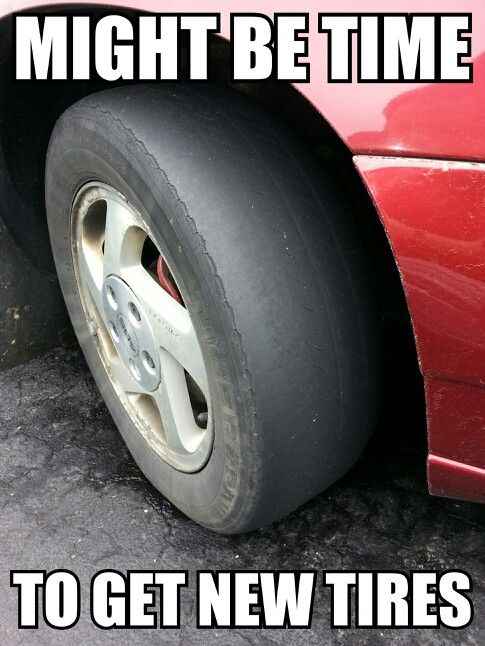
RELATED: 10 Best All-Season Tires – Review & Buyer’s Guide
The lifespan of a tire will depend on the type of tire, the type of driving you do, and the climate. Generally, tires last between 50,000 and 80,000 miles and 6 years. If you drive a lot in city traffic and brake a lot or live in a hot climate, your tires may wear out sooner. If you often drive around with low tire pressure or a bad wheel alignment, they may also wear down sooner.
If your tire tread depth is close to 2/32” or under, it’s definitely time to replace them. Most tire manufacturers recommend replacing tires every 6 years, regardless of the number of miles driven. This is because tire rubber degrades over time, even if the tires are not used. Tires that are more than 6 years old should be inspected by a professional to determine if they are safe to use.
If your car is two-wheel-drive, it’s fine to replace two tires on the same axle instead of four, although you need to consider that your car will handle differently with two new tires than with four. If you are replacing two tires, it is best to put the new or best tires on the rear axle, as this will improve traction and stability.
If you are replacing two tires, it is best to put the new or best tires on the rear axle, as this will improve traction and stability.
On many 4WD and AWD cars, however, the diameter of the tires must match, otherwise, you can damage the transmission or the differential. Therefore, it is recommended to replace all four tires on 4WD cars, and it’s a requirement for many car brands like BMW and Audi.
You need to read the tire dimensions on your old tires and take them to the tire shop. You can also call your authorized dealer or check your owner’s manual if the wheels are stock.
Was this article helpful?
YesNo
“Choosing tires for your Solaris should be according to the tire sizes recommended by the manufacturer..” This is what you are likely to read if you search for information about Hyundai SOLARIS tires on the Internet. For what it is not entirely clear, since that information is in a form that is quite understandable for understanding in the car's instruction manual.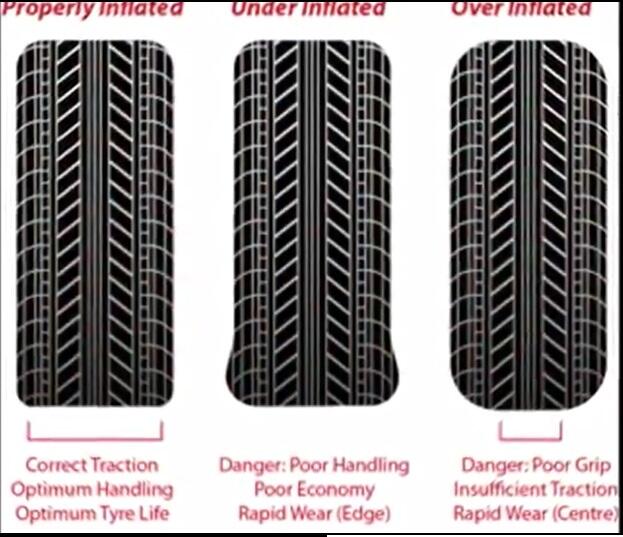 Therefore, we will not repeat the obvious once again, but simply talk about how to choose tires for your iron comrade, which tires you can trust, and whether the tire pressure of 2.2 atm is a standard that you should definitely strive for.
Therefore, we will not repeat the obvious once again, but simply talk about how to choose tires for your iron comrade, which tires you can trust, and whether the tire pressure of 2.2 atm is a standard that you should definitely strive for.
Depending on the configuration, the new Solaris will go to its owner with the following wheel and tire parameters:
Actually, these figures are followed by a guideline, and they succeed, although often there are difficulties both with installation and during operation.
We recommend choosing tires from the sizes recommended by the manufacturer. Failure to comply with the recommendations of the latter can lead to a distortion of the speedometer readings and a deterioration in vehicle controllability.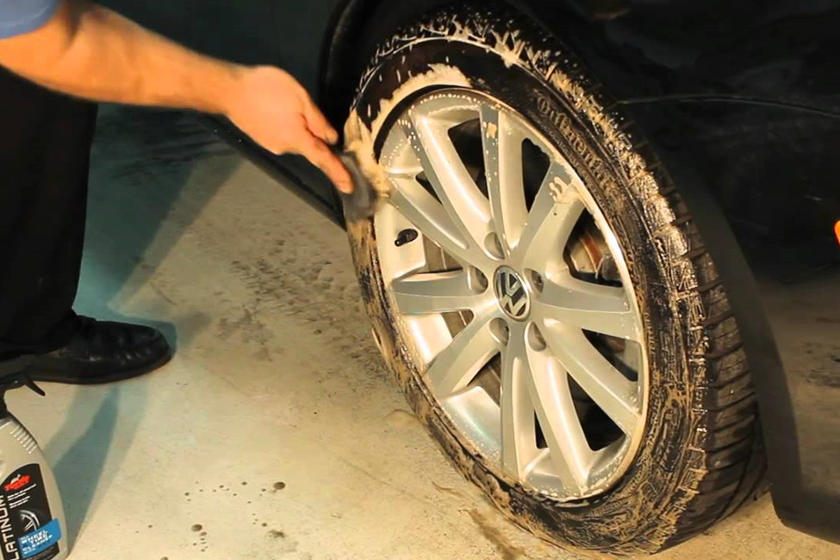 Installing a tire with width and height parameters greater than recommended, it may touch body and suspension elements. Especially when turning the steering wheel. Installing tires with parameters less than recommended will lead to the fact that the car will become stiffer, the load on the bearings and suspension units will increase.
Installing a tire with width and height parameters greater than recommended, it may touch body and suspension elements. Especially when turning the steering wheel. Installing tires with parameters less than recommended will lead to the fact that the car will become stiffer, the load on the bearings and suspension units will increase.
When choosing from the sizes allowed by the manufacturer, be guided by the following considerations. The wider the tire, the larger its contact patch with the road, which means better braking and acceleration performance, as well as more confident cornering at high speed. At the same time, narrower tires contribute to lower fuel consumption and more resistance to hydroplaning when the vehicle loses control on wet roads. It is also worth noting that the increase in tire weight significantly affects cars with a small engine size, so it is not customary to put wide tires on them.
When developing Solaris, its creators paid great attention to efficiency, as an important characteristic of a city car. Therefore, tires with a relatively small mass and low rolling resistance are installed on the machines that have left the assembly line.
Therefore, tires with a relatively small mass and low rolling resistance are installed on the machines that have left the assembly line.
| Hyundai SOLARIS ; Year of issue 01.01.2010-01.01.2017; Modification I | |||
| R15 | |||
| Tires | Disks | ||
| Original | 185/65R15 | Original | 6x15 4*100 d54-54.1 ET48 |
| Replacement | 195/60R15 | Replacement | 5-7x15 4*100 d54-100 ET20-52 |
| R16 | |||
| Tires | Disks | ||
| Original | 195/55R16 | Original | 6x16 4*100 d54-54. |
| Replacement | 205/50R16 | Replacement | 6-8x16 4*100 d54-100 ET20-52 |
| Hyundai SOLARIS ; Year of issue 01.01.2017 -; Modification II | |||
| R15 | |||
| Tires | Disks | ||
| Original | 185/65R15 | Original | 6x15 4*100 d54-54.1 ET46-48 |
| Replacement | 195/60R15 | Replacement | 5-7x15 4*100 d54-100 ET20-52 |
| R16 | |||
| Tires | Disks | ||
| Original | 195/55R16 | Original | 6x16 4*100 d54-54. |
| Replacement | 205/50R16 | Replacement | 6-8x16 4*100 d54-100 ET20-52 |
The manufacturer installs Kumho Solus and Hankook Optimo tires on cars, which have the necessary characteristics to ensure proper safety and acoustic comfort.
Kumho tires are a product of a South Korean company that offers high-quality and safe tires for a reasonable price. This is one of the leaders in the tire industry, being for a minute the official supplier of tires for Formula 3. Kumho engineers pay special attention to the appearance of tires, as they believe that the wheel is a serious addition to the overall appearance of the car. Kumho Solus tires are characterized by excellent braking on the verge of blocking, clear and stable handling on any surface, high fuel efficiency and low noise level. Among the weaknesses of the Solus, experts note fairly average skid braking performance.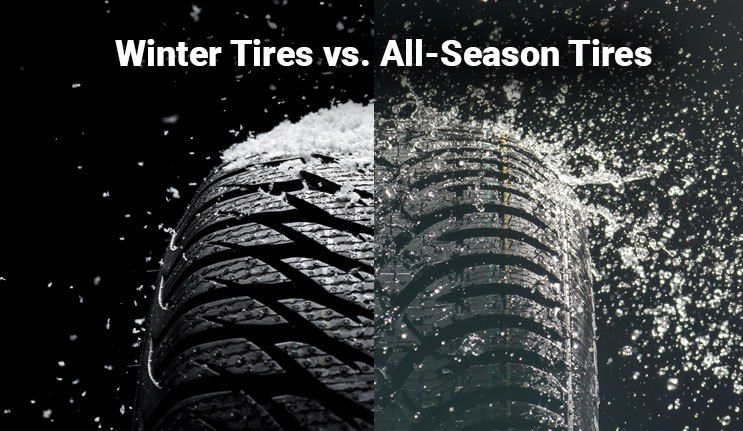
Hankook Tire is also a South Korean tire manufacturer with branches around the world, including Russia and the United States. The company is known for cutting edge developments and brand new concepts in the industry. Hankook Optimo tires are characterized by good directional stability at high speeds, stable behavior during extreme maneuvers, as well as economy when used in urban areas. Among the shortcomings, one can note rather average indicators of smoothness.
Of course, it is not at all necessary to install tires of the same manufacturers on the car that were purchased in the cabin. There are offers on the market in different price categories and from other manufacturers, including Continental, Michelin, Goodyear, Pirelli,
Bridgestone, Yokohama, Nokian. Which brand of tires to buy depends more on personal preferences and financial capabilities, since there are usually no questions about the quality of well-known manufacturers. When buying tires for Solaris, in addition to conforming to standard sizes, you can also focus on the tread pattern and expected operating conditions.
When buying tires for Solaris, in addition to conforming to standard sizes, you can also focus on the tread pattern and expected operating conditions.
The tread pattern can be: symmetrical, asymmetrical and directional. The symmetrical tread pattern is a classic that is still used by most manufacturers, both well-known and not so famous. The main advantage of tires with a symmetrical tread pattern is the optimal price-quality ratio.
Asymmetric tread patterns are becoming more common, especially with high-end brands. Tires with this pattern are more expensive, but their performance is higher, especially in terms of improved release of snow and water from the contact patch with the surface. The installation of such rubber has an important feature. It is necessary to follow the marks "Outside" and "Inside" on the tires, that is, respectively, "Outside" and "Inside". Otherwise, all the advantages of expensive rubber will simply disappear.
Directional tires can be either symmetrical or asymmetrical. The main advantage of directional tires is their high hydroplaning resistance, which is very important when driving on wet roads. It is only necessary to correctly install the wheels with such tires on the car, otherwise its handling will only worsen. To do this, there is an arrow on the side of the tire showing the direction of rotation of the wheel.
The main advantage of directional tires is their high hydroplaning resistance, which is very important when driving on wet roads. It is only necessary to correctly install the wheels with such tires on the car, otherwise its handling will only worsen. To do this, there is an arrow on the side of the tire showing the direction of rotation of the wheel.
Separately, it is worth noting a special type of car tires - RunFlat tires. These are tires with reinforced sidewalls, which you can continue to ride even after a complete loss of tire pressure. True, you can move in this mode at a speed of no more than 80 km / h and at a distance of no more than 50-150 km. In general, getting to the tire shop is quite realistic. And no need to fiddle around with the spare tire on the road. You can identify such rubber by the RSC badge, although different manufacturers may have their own brand names, for example, Kumho XRP.
However, the main advantage of RunFlat tires is not convenience, but safety. Imagine what would happen if a tire suddenly lost pressure at high speed. To put it mildly, the car will lose control. This will not happen with RunFlat tires. But, however, not everything is so perfect as to consider such tires ideal. Reinforced sidewalls naturally affect the mass of the tire, which does not have the best effect on the comfort and dynamics of the car. But most importantly, RunFlat can only be used in vehicles with a tire pressure monitoring system. Without it, the driver will not feel the loss of pressure, and at high speed the car will be almost uncontrollable. However, the tire pressure monitoring system is available on the second generation Hyundai SOLARIS even in basic trim levels.
Imagine what would happen if a tire suddenly lost pressure at high speed. To put it mildly, the car will lose control. This will not happen with RunFlat tires. But, however, not everything is so perfect as to consider such tires ideal. Reinforced sidewalls naturally affect the mass of the tire, which does not have the best effect on the comfort and dynamics of the car. But most importantly, RunFlat can only be used in vehicles with a tire pressure monitoring system. Without it, the driver will not feel the loss of pressure, and at high speed the car will be almost uncontrollable. However, the tire pressure monitoring system is available on the second generation Hyundai SOLARIS even in basic trim levels.
Since we touched on tire pressure, we will analyze this point in more detail. According to the manufacturer's recommendation, the air pressure in tires of recommended sizes should be 2.2 bar on both front and rear wheels. These are optimal figures, but not a standard.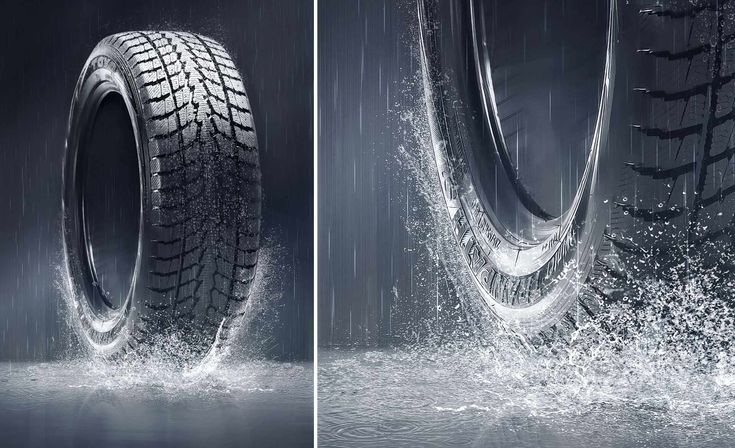 In different situations, deviations from this value are possible. But first, why it is important to stick to the norm.
In different situations, deviations from this value are possible. But first, why it is important to stick to the norm.
A significant deviation of the air pressure in the tires from the recommended ones leads to a change in the size of the tire contact patch with the road. The consequences of too high pressure will be:
Too low pressure is no less detrimental to tires and the car as a whole:
In addition, low tire pressure is simply unprofitable.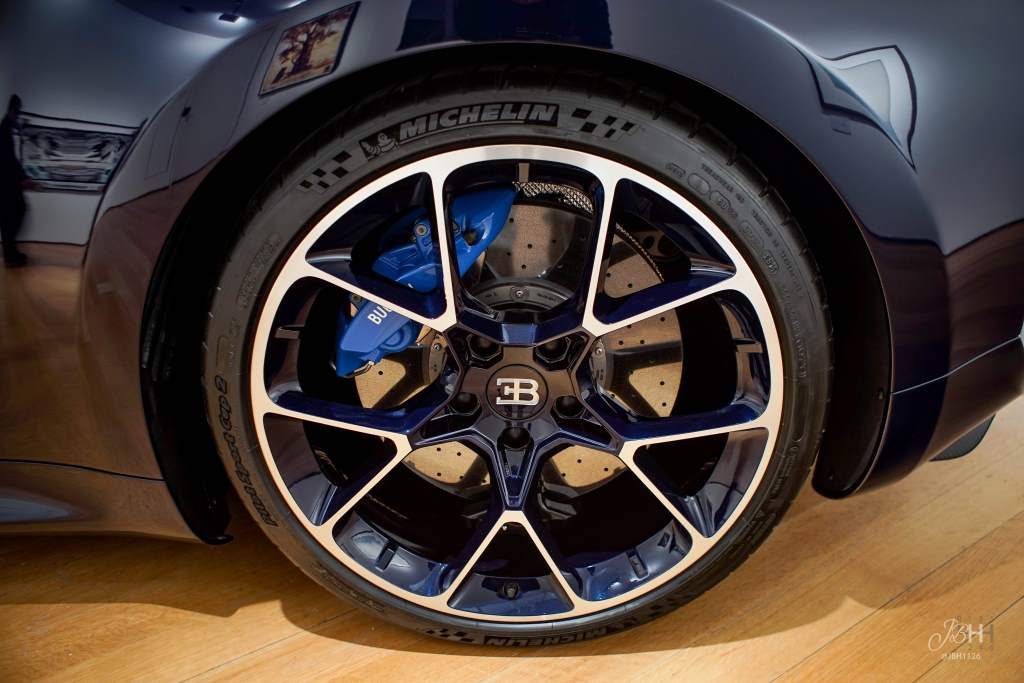 A 20% decrease in pressure below the norm leads to an increase in gasoline consumption by 3% and reduces tire life by 25%. In general, keep an eye on the air pressure in your tires carefully.
A 20% decrease in pressure below the norm leads to an increase in gasoline consumption by 3% and reduces tire life by 25%. In general, keep an eye on the air pressure in your tires carefully.
Now about possible deviations from the recommended figures. It should be understood that the recommended values \u200b\u200bare a kind of average indicator, which, nevertheless, is calculated by engineers, taking into account the characteristics of the country or region where the car will be operated. Nevertheless, the sharply continental climate of Western Siberia is difficult to accurately calculate, and the temperature drops here are simply colossal. Yes, and with the roads, not everything is smooth - in other places on the pavement with longing you remember the primer.
Therefore, if you are planning a long drive on "killed" roads, the wheel should be slightly under-inflated - by 5-10% in summer and 10-15% in winter. That is, "2 points in a circle", as recommended by the provincial tire shops, this is a completely justified measure.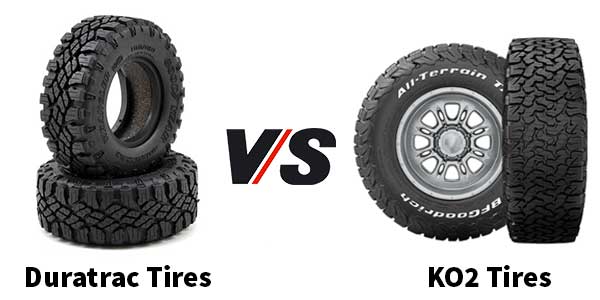 It is also worth temporarily lowering the wheels when driving through mud or sand. This will improve the patency of such areas. Just remember to restore the status quo when you get back on the road.
It is also worth temporarily lowering the wheels when driving through mud or sand. This will improve the patency of such areas. Just remember to restore the status quo when you get back on the road.
And one more recommendation. Curious enough. It is recommended to increase the tire pressure by 0.2 - 0.4 atm. from the recommended one if you plan to drive for a long time at speeds over 160 km/h. The recommendation is logically correct, since an increase in pressure in this case should have a positive effect on controllability, but is doubtful in practice. We still have objectively few roads of the appropriate quality, so everyone chooses the expediency of such actions for himself.
Did you know that Solaris has power units of different engine lines? You can read about it here .
Read also Choosing TUCSON. Expert advice and Hyundai SONATA: from birth to today .
Often selling tires on rims is a way to hide the patches and the "medical history" of the tire.
Related content
Critical tire wear: when we risk crossing the line
As you know, rubber loses its properties over time. It becomes less elastic, microcracks appear on its surface. Rubber, in the words of the drivers, "dube". The sidewalls become rigid, tire fitting is difficult. At the same time, the grip properties of the tire deteriorate, especially its ability to keep the car on wet pavement.
Tire age limit varies depending on the quality of the rubber compound and manufacturing technology. According to GOST, the warranty period for tires is five years, and the further possibility of using the tire is determined by the consumer. As a rule, tires run longer depending on the mileage and the driver's accuracy. But you should think about buying tires older than eight years, even if they look decent and, without running a single kilometer, lay in the warehouse.
The date of production is applied to the sidewall as a set of four digits: the first two are the week of manufacture, the next two are the year of manufacture.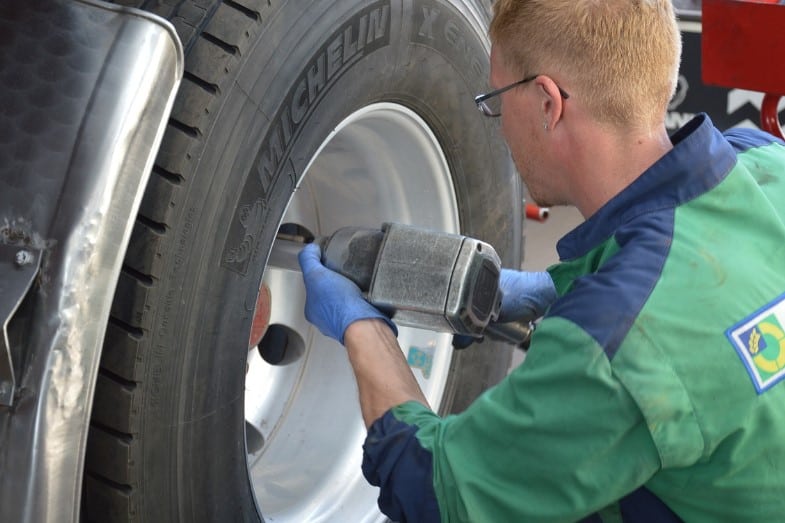 It is easy to calculate that, for example, the numbers "5012" mean that you have a tire released in December 2012.
It is easy to calculate that, for example, the numbers "5012" mean that you have a tire released in December 2012.
The production date is printed on the sidewall as a set of four digits: the first two are the week of manufacture, the next two are the year of manufacture. It is easy to calculate that, for example, the numbers "5012" mean that you have a tire released in December 2012.
When buying a set, it is also important to choose not only tires of the same make and model for all wheels, but also preferably ones that are close in age. This is the only way to count on the fact that the purchased tires in terms of properties will not differ much from one another.
This is a special item when choosing a used tire. They can be divided into two groups - visible and hidden.
Visible include punctures, tears, cuts, hidden - damage to the cord. This kind of damage is clearly visible when examining the inside of the tire. You can allow the presence of "fungi" and patches from the side of the tread. But their number should not be excessive. The more patches, the more difficult it is to balance the wheels, and this affects the comfort and suspension parts while driving, and the residual life of the tire itself is reduced.
You can allow the presence of "fungi" and patches from the side of the tread. But their number should not be excessive. The more patches, the more difficult it is to balance the wheels, and this affects the comfort and suspension parts while driving, and the residual life of the tire itself is reduced.
Related materials
7 rubber signals: what the tire says about car problems
In addition, you need to remember that the patch blocks the exit of air from inside the wheel, but does not block the entry of moisture into the tire structure from the outside. Water, including salt containing water, getting on the metal cord, first causes rust, and then the destruction of metal threads. In comparison with a patch, a sealing puncture on both sides (“fungus”) looks preferable. But patches on the sidewall are generally unacceptable. A tire with a side cut is unusable. In the best case, on a tire with a "healed" sidewall, you can, with care, get to the house, and then change the wheel.
It has been noticed that other sellers, in order to hide the patches and "medical history" of the tire, offer them complete with a disk. The buyer will not disassemble the wheel to inspect it from the inside! Often, the pressure in the tire is noticeably lower than the working one. The fact is that under normal pressure, internal damage can give itself away. Hence the advice: if you are looking at used tires, it is better to buy them without rims or not on rims.
A wheel inflated to working pressure must be even, have a clear geometric shape without hernias and swellings. You can check this only by mounting the wheel on the disk and pumping it up. Therefore, when buying a used tire, it is necessary to discuss with the seller the possibility of a return in case of hidden defects.
Related materials
7 main principles for choosing summer tires
In general, such defects are caused by damage to the cord after punctures or strong impacts.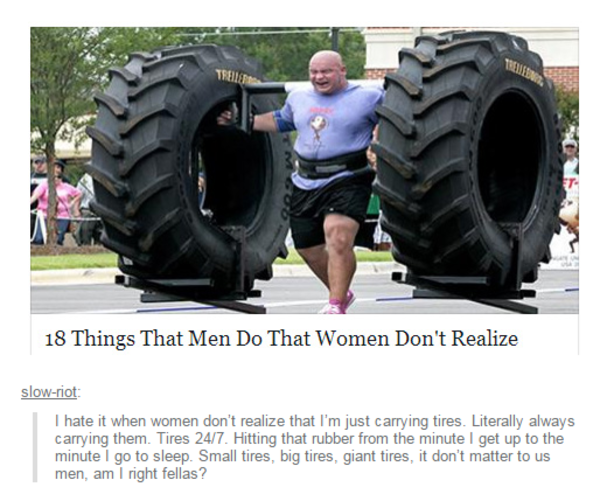 Outwardly, this manifests itself in the wave-like bends of the tread - the whole thing. This can either be noticed in the parking lot or felt when driving at a slow speed. A car with damaged tires starts rocking from side to side. With an increase in speed, "waltz" disappears, but the car loses stability. This is dangerous.
Outwardly, this manifests itself in the wave-like bends of the tread - the whole thing. This can either be noticed in the parking lot or felt when driving at a slow speed. A car with damaged tires starts rocking from side to side. With an increase in speed, "waltz" disappears, but the car loses stability. This is dangerous.
When the cord splits, hernias occur. Most often they are found in the shoulder area and are the result of a collision with a curbstone. How long a wheel with a hernia lasts, no one will undertake to predict.
This is the main criterion when choosing tires with mileage. The tread depth determines how long you can drive on these tires. Remember that according to the Rules of the Road, the tread depth of summer car tires should not be less than 1.6 mm, and winter tires - less than 4 mm. It is clear that these indicators are critical, which means that a margin of no less than 2–3 mm must be added to them.
You also need to pay attention to the uniformity of tread wear.